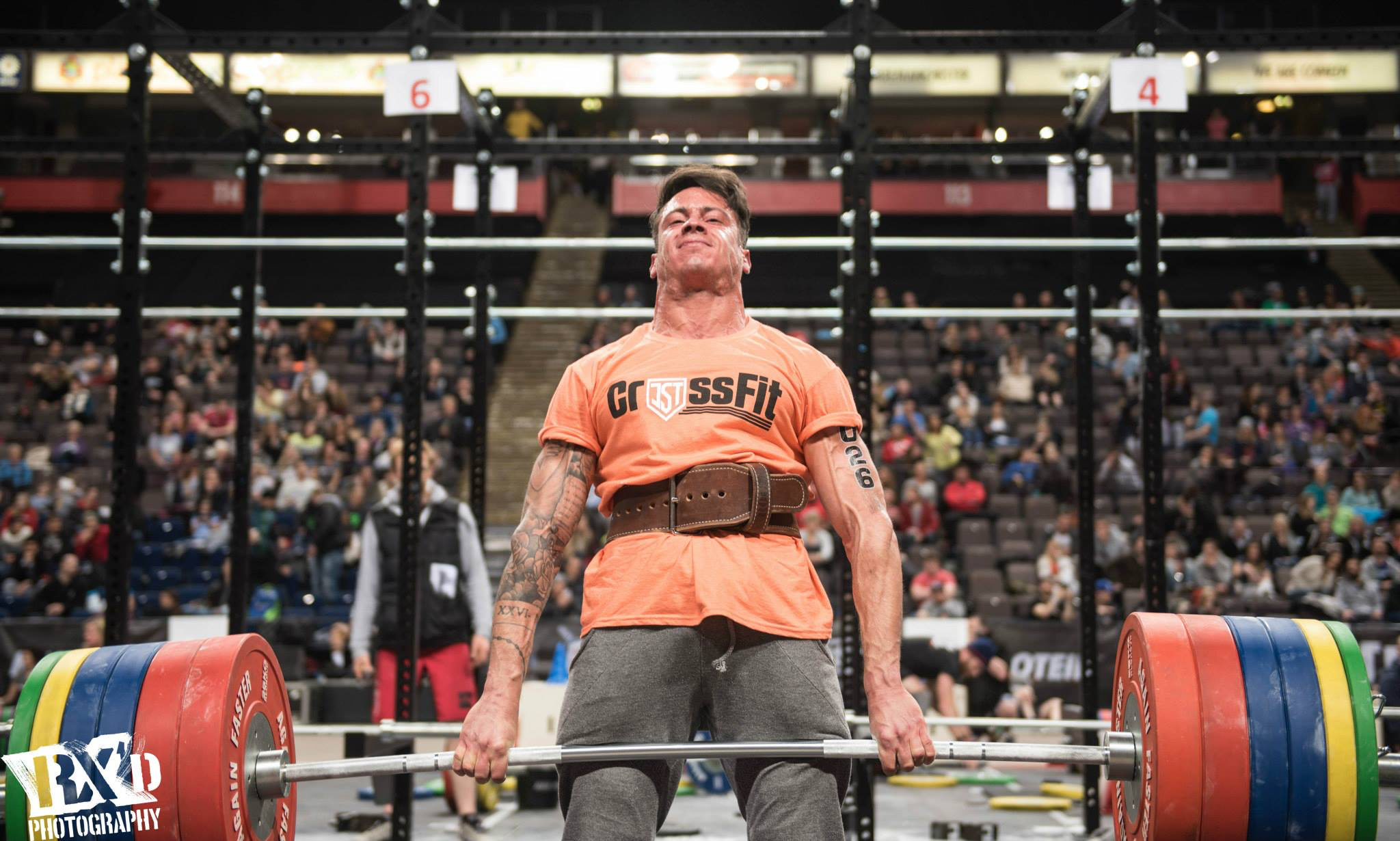
Coaching Uncommon Movements and Special Situations
Written by Tino Marini
“Do as I say not as I do.”
That’s me above. In that photo I am deadlifting 250 kgs, and yet my elbow still won’t reach full extension. If you have ever seen me move in a workout, you will understand why I tell our athletes to do as I say, not as I do.
Most of you have completed the CrossFit Games Online judges course and will have came across the uncommon movement section. Thats pretty much how it would look if you were to judge me. Almost everything I do is an uncommon movement. Due to my thoracic kyphosis, I have had to adapt movement patterns to compensate for being in a compromised position. I would never teach an athlete to move like this. I am very aware that many people who I coach see me train, and I’m always fast to let them know to never replicate what I have to do.
If you are a coach, you are likely to come across a variety of athletes with limitations, tightness or different body types. Each individual will therefore need personal cues and coaching relative to their needs. The question is, “where do you start them and what method do you teach?” There are an abundance of tutorial videos out there from some of the top athletes and coaches around the world; some agree with one another and some contradict one another. So what is right and what is wrong?
First, start with the fundamentals. What is the ideal movement pattern? If you don’t know what that would look like, you’ll never know when to make an exception. If you know the fundamentals, then you can make intelligent adjustments based on the athlete’s needs. Depending on the case it could be as simple as having them set their feet wider than normal to improve their squat, or for someone with short femurs may mean setting their starting position for their snatch slightly lower than their longer femur friends.
Don’t be afraid to go against the norm and make adjustments. You will have some athletes that certain methods work for and some that don’t. If something isn’t working, switch it up and try something new, don’t continue to force a method if it’s not successful.
If you come across an athlete (or you are an athlete) that is able to maximize potential and output using uncommon movement patterns, then it may be best not to fix what isn’t broken. For example, take CrossFit Games Athlete Jeff Evans who has a 405 lb Clean & Jerk. He sets up as if it were a deadlift, then on the jerk he dips at least 2 inches lower than what any lifting coach would ever cue. Does this mean Jeff’s technique should be changed? Hell no! The guy’s clean & jerk is among the best in the field of Games athletes! Yes, we can make it better but we have to work within the realms of what is working for him…and focus on the bigger priorities.
Too many coaches look for problems that don’t necessarily need to be fixed (and may not even exist). Coaching is an art and you should strive to have the tools to coach any athlete that walks into the gym. Understand the fundamentals, but don’t be so rigid that you seek to make every athlete move the same way. Analyze the athlete where they are, and make the improvements that make sense based on their priorities, limitations and proficiencies.
The worst kind of losers are the ones who make excuses… in the comments section… online. Nice article.
If you couldn’t uphold the standards then don’t post a score, I understand very well people have body issues that cause technique to be off, but if it’s such an issue then just do the wod for fun. My brother is an adaptive athlete with both mental and physical disabilities, I train with him everyday. He is held to a high judging standard just like everyone should be and we would never submit a score if he couldn’t meet that standard, even though he’s ended up with open scores of zero and unable to submit a score, leaving him heartbroken… Read more »
Good luck trying to convince people that a three-quarter deadlift is really just an uncommon movement pattern for a full deadlift. #invictusstrong
Tell em coach! 😉 #invictusStrongAlways